When life is counted in seconds
On April 29, Vietnamese medicine lost one of the great names in the field of anesthesia and resuscitation - Associate Professor, Doctor, Doctor Cong Quyet Thang, President of the Vietnam Association of Anesthesiology and Resuscitation, senior lecturer at Hanoi Medical University. He passed away suddenly due to cardiac arrest, leaving behind a lot of grief in the hearts of relatives, friends and generations of students. The story happened when he was exercising, because he felt tired, he stopped at a tea shop, collapsed and passed away forever. As a devoted teacher, he had instructed countless students on how to perform CPR to save people, but in the moment of life and death, no one could save him.
This is just one of thousands of cardiac arrests that occur outside of hospitals - where the "golden moment" to save the patient's life passes in vain, leaving only belated sorrow. In Vietnam, each year there are more than 600,000 deaths, of which about 200,000 people die from cardiovascular disease - equivalent to nearly 1/3 of the total number of deaths nationwide.
Notably, most cases of sudden cardiac arrest occur outside the hospital, where medical staff cannot reach them in time. Meanwhile, the golden time to save a person with cardiac arrest is only 3 to 5 minutes - a period of time that no ambulance can reach in time. Therefore, equipping every citizen with cardiopulmonary resuscitation (CPR) skills is not only necessary, but can also become the deciding factor between life and death in emergency situations. When there is no doctor, the first person on the scene - even if he is just an ordinary person - is the only "hero" who can keep the victim's heartbeat.
The problem isn’t just the death toll or the time it takes to get to the emergency room – it’s a very real, very dangerous gap: The gap in first aid skills in the community, especially CPR skills. We live in an age where medical knowledge, survival skills, and CPR tutorials are just a click away.
However, why is a skill that can save people in an instant not widely available, or even overlooked or ignored as something "specialized" or "not for ordinary people"?
Have we ever wondered: If someone collapsed right in front of us - a relative, a friend or a passerby, what could we do other than panic and call an ambulance? Perhaps that should no longer be a question, because in the moment of life and death, only seconds count, your timely support can decide the life of a person.
Pain turns mission
Doctor Nguyen Van Cong in a health sharing session at the Vietnam Human Resources Association. (Source: TGCC) |
Returning to a peaceful suburban land in the West of Hanoi, in Dan Phuong district, there is a doctor who carries within him a pain that never goes away and a mission that was exchanged for the loss of his own life.
Master, Doctor Nguyen Van Cong, the son of a family with a tradition in the medical profession, told a story that left everyone speechless. His father - also a doctor - unfortunately passed away 23 years ago, but no one in his family knew how to perform first aid for cardiac arrest in an accident.
“As a doctor, my father prepared everything he needed for his illness. Medicines, support equipment. But he forgot to teach his relatives how to give first aid if he himself was in an accident,” Nguyen Van Cong sadly said. Faced with his father’s critical situation, he could not help but feel regretful, “For me, the feeling of trying my best but failing cannot be compared to the feeling of being unable to do anything and having to witness my loved one die.”
The pain of losing a father not only left a void in a son’s heart, but also became a smoldering fire that burned throughout the journey of more than a decade later. He told himself that it was time to do something so that no one would have to helplessly witness their loved ones passing away in such circumstances.
Since then, he founded the Wellbeing HealthEducation Organization in 2014 to spread the importance of CPR skills with the motto "For a safer Vietnam for everyone!". The journey of more than 10 years of awakening the community to the importance of CPR is a living testament to the perseverance and dedication of Wellbeing, especially Dr. Nguyen Van Cong - the one who initiated and led this silent "war".
When asked about the most memorable moment in his journey with Wellbeing that made him believe in the path he has chosen, Cong shared, “There is no specific memorable moment, but I feel like I am on the right track every day. Every time we organize a good course, an effective training method, or add another person equipped with CPR knowledge, I feel like I am doing the right thing."
"Even being interviewed today proves that people are still interested in our journey. The community's continued interest in CPR is the biggest motivation for me and my colleagues to continue our mission. As long as people continue to ask questions and learn about CPR, we will continue our mission. When no one cares or learns about CPR, we are worried," Cong said.
Silently spreading kindness
Wellbeing has been implementing hundreds of CPR training sessions at businesses, organizations and schools nationwide. The programs are scientifically developed, according to Circular 19/2016/TT-BYT, combining theory and practice under the direct guidance of medical professionals.
Each training session lasts about 3 hours, taking place in a spacious, interactive space. Trainees operate on internationally standardized equipment, certified by the American Heart Association, ensuring accuracy in skill assessment. In addition to CPR techniques, trainees are also trained in reflexes through simulated situations such as cardiac arrest, foreign body aspiration, and drowning - fully equipped with skills to handle emergency situations.
Trainees from organizations and businesses practice first aid in a Wellbeing training course. (Source: Wellbeing) |
Wellbeing's 10-year journey has not been a bed of roses. Changing widespread public awareness of the importance of first aid requires perseverance and relentless effort.
When asked about the biggest challenge, Mr. Cong shared, “The challenge that gives me and the Wellbeing team the biggest headache is that Vietnam has not yet officially included CPR teaching in the school curriculum. Currently, the percentage of Vietnamese people who know CPR is only 8.7%, which is too low compared to developed countries like Singapore or the US."
“If someone suddenly has a cardiac arrest, I will immediately call for medical assistance. But I am not really confident in performing first aid, because this is a life-threatening issue. I only know a little about CPR, I heard it is related to the cardiovascular system. As for the specific way to perform chest compressions, I am also vague, I can only guess that it is to press in the middle of the chest and must follow a certain rhythm," said TQM, a first-year student at the Diplomatic Academy.
Students of the Diplomatic Academy share about cardiopulmonary resuscitation - CPR skills. (Photo: Duc Nghia) |
With a strong belief in their mission, Dr. Cong and Wellbeing are always looking forward with great expectations. In the next 5-10 years, Wellbeing has set two key goals to shape the future of first aid in Vietnam.
First, they strongly expect that there will be specific policies and laws to include CPR in the official education program in schools. This is a key factor, because according to Mr. Cong, “if we do not include CPR in schools, we cannot create a large enough social impact, we cannot increase the number of people who know CPR to the same level as in developed countries”. This will equip the younger generation with survival skills from an early age, creating a solid foundation for a safer society.
Next, Wellbeing also wants to make the most of technology and breakthrough innovations to popularize CPR widely without relying too much on human resources. Dr. Cong explained: “If we always need hundreds of thousands of doctors to train CPR skills, we don’t know where to find enough people. Therefore, new technology and supporting devices can help and take the popularization of CPR to a new level.”
These could be mobile applications, virtual reality tools, or effective online training programs that help first aid knowledge reach everyone more quickly and conveniently. The above goals serve Wellbeing's core and long-term vision of becoming one of the top ten healthcare corporations in Vietnam, providing safe products and services and comprehensive healthcare by 2030. And above all, every member of the community has a truly "Wellbeing" life.
Transforming in the digital age
Proper knowledge of CPR and AED (automated external defibrillator) is key to saving a life in critical moments. The AED, a small but powerful device that can analyze the heart rhythm and restore normal rhythm with an electric shock, is especially effective when combined with CPR.
Wellbeing has pioneered bringing CPR and AED closer to the Vietnamese community through the use of internationally-standardized CPR simulators, helping students practice accurate chest compression techniques. These practice sessions provide real-life experience, helping even beginners build confidence to act in an emergency situation.
A special feature of Wellbeing's training program is the use of modern simulation equipment, such as the eCPR machine - a product that combines hardware and software, integrating IoT technology and virtual reality developed by Duy Tan University. Doctor Cong proudly shared that, in the spirit of combining theory with practice, during the course, students will practice skills directly with Wellbeing's doctors.
Applying the "hands-on" method combined with handling real-life simulation situations, students can easily recognize mistakes and memorize correct knowledge faster. The "right position, right frequency, right depth" model is the three factors that make Wellbeing's courses special.
|
Diplomatic Academy students experience learning CPR on the E-CPR simulator. (Photo: Duc Nghia) |
Wellbeing believes that although online learning platforms support flexible learning, only systematic training combined with practice can help learners respond well in the “golden 3 minutes”. Technology also opens up new directions, such as the PulsePoint application that uses AI to analyze chest compression techniques via camera. In Vietnam, organizations like Wellbeing can soon integrate this technology, making CPR more attractive to young people. However, the core remains the same: CPR is a life skill - and you can only truly master it when you practice it in real life.
Take a CPR class, share it with others, and be ready to help when needed. You don’t need to be a doctor to make a difference, just have the right skills and determination. Start today, because just a few hours of CPR can change someone’s life.
Source: https://baoquocte.vn/hoi-suc-tim-phoi-cpr-ky-nang-song-con-khong-chi-danh-cho-bac-si-317924.html


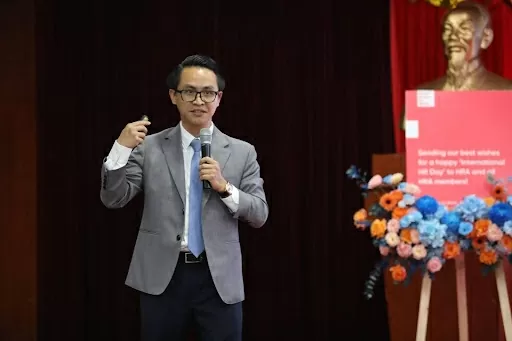

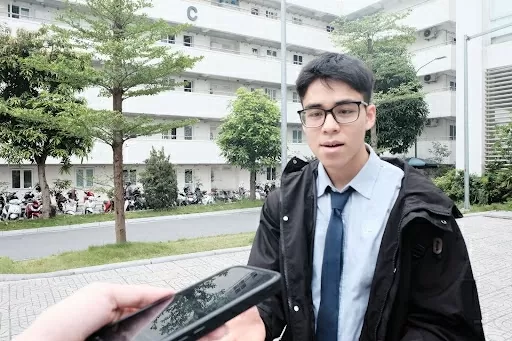
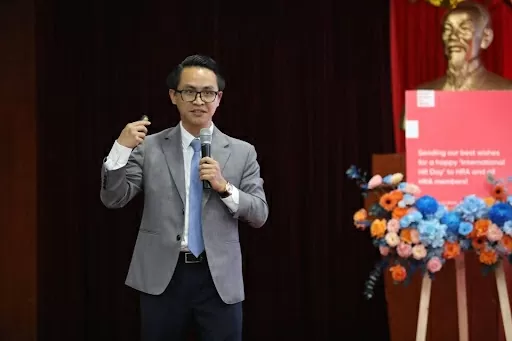
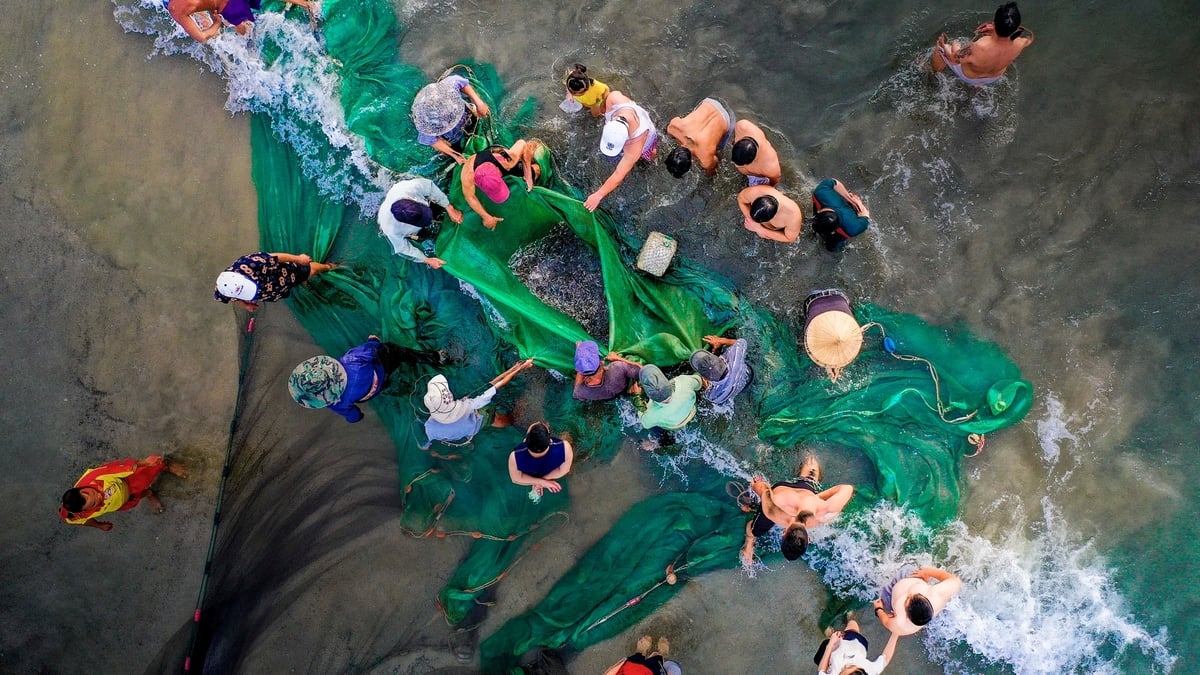
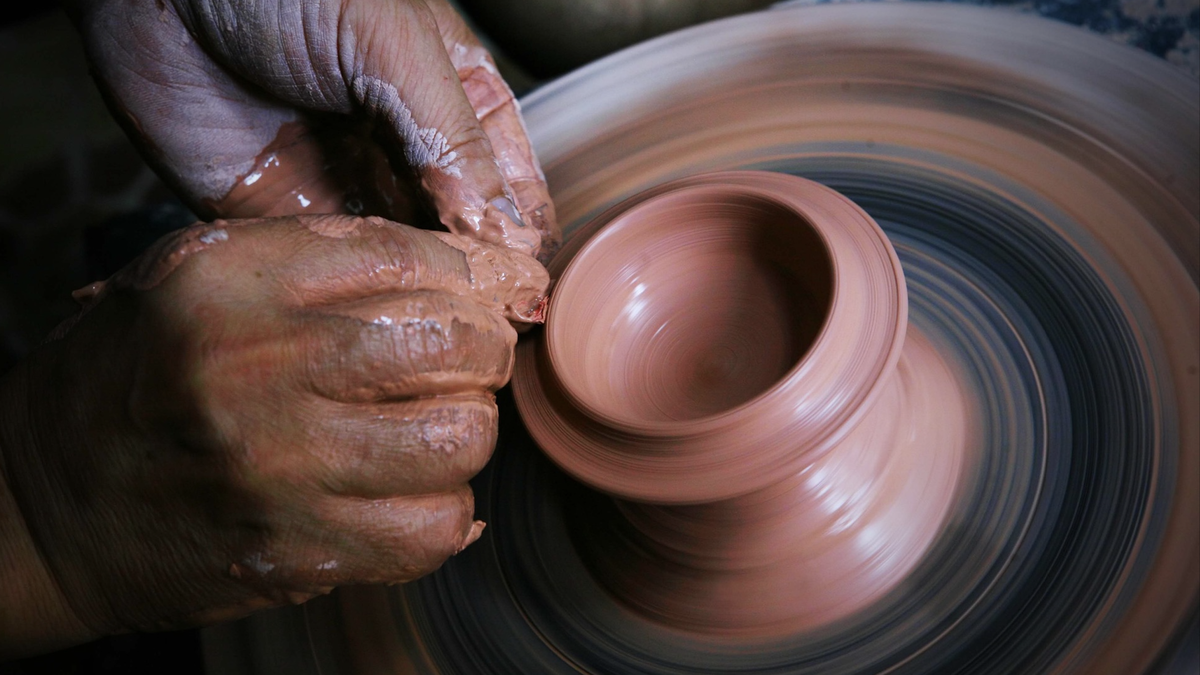

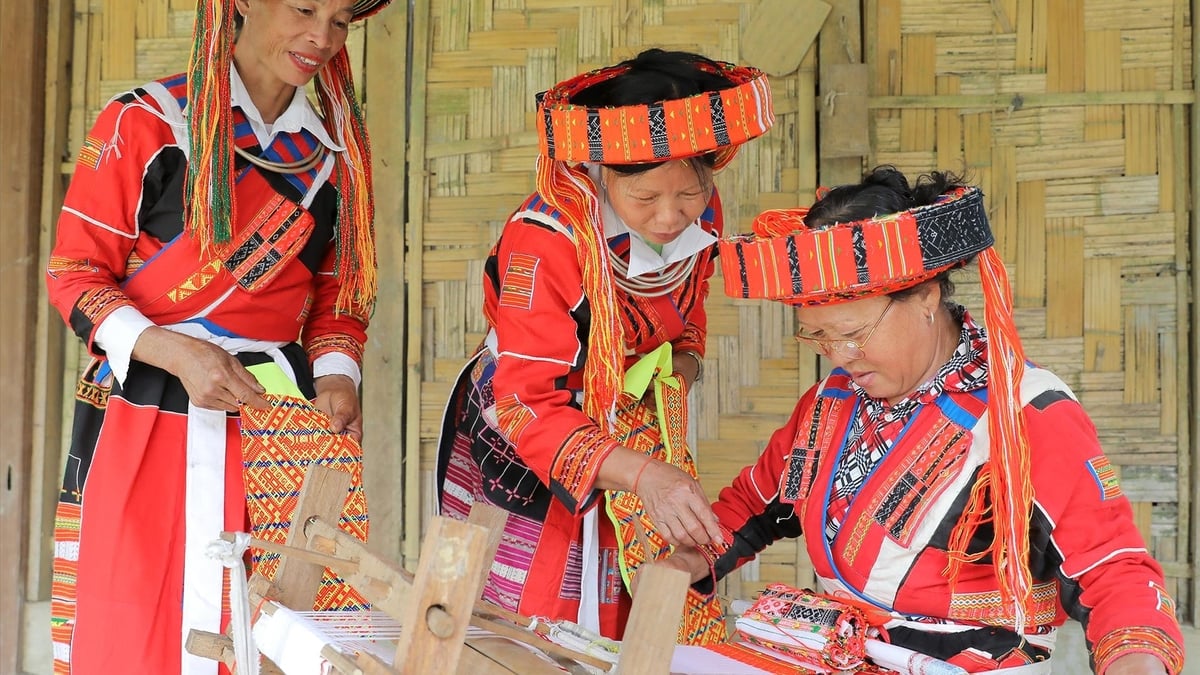
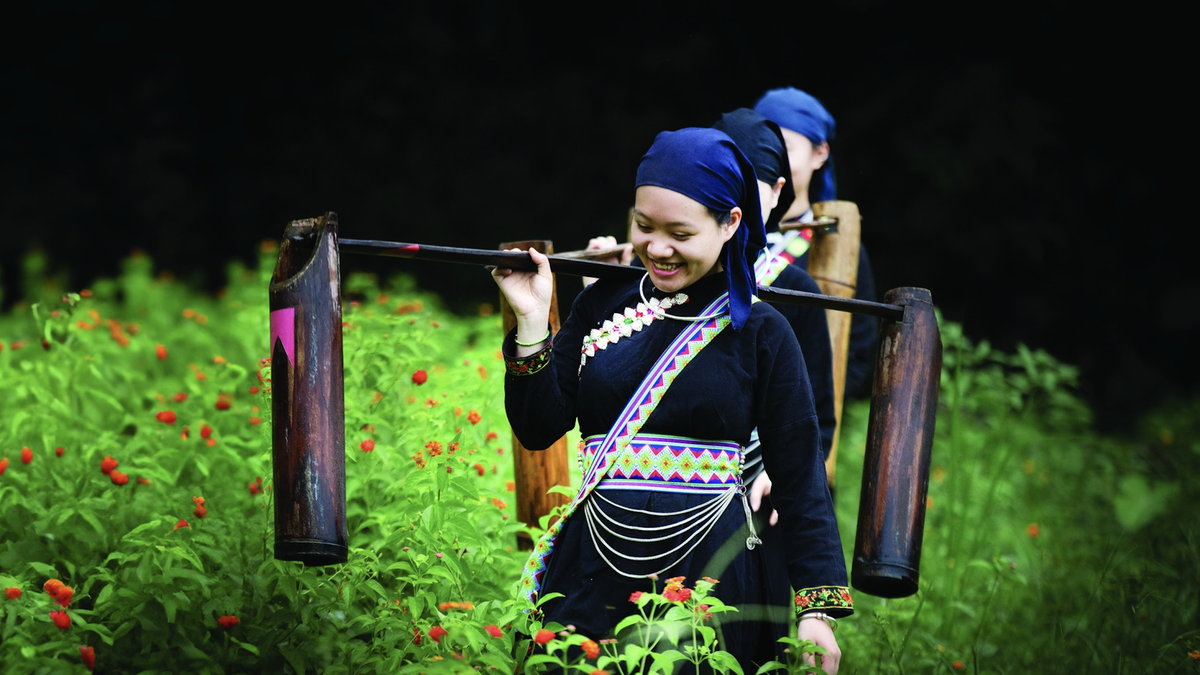
![[Photo] General Secretary To Lam works with the Standing Committee of Quang Binh and Quang Tri Provincial Party Committees](https://vphoto.vietnam.vn/thumb/1200x675/vietnam/resource/IMAGE/2025/6/25/6acdc70e139d44beaef4133fefbe2c7f)
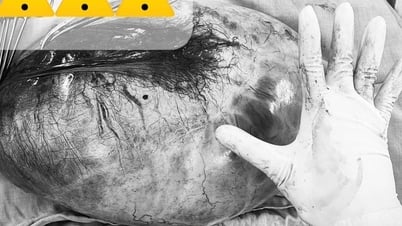

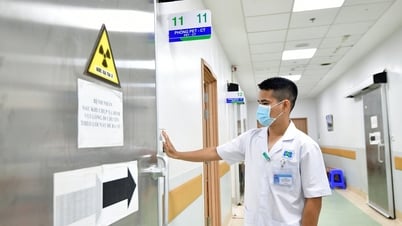


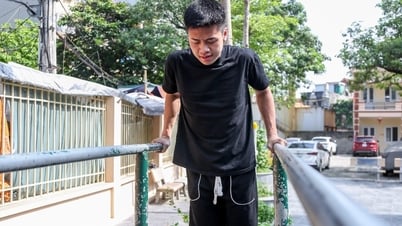









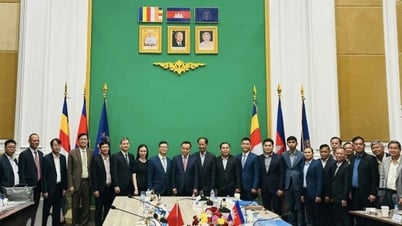








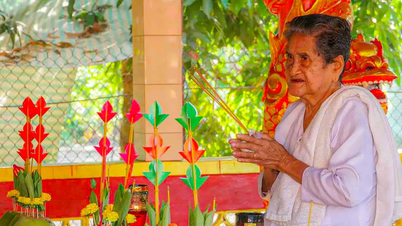




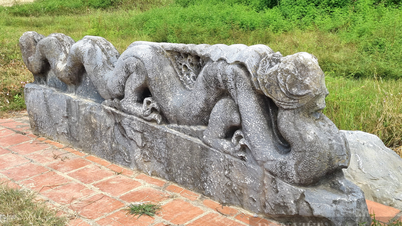
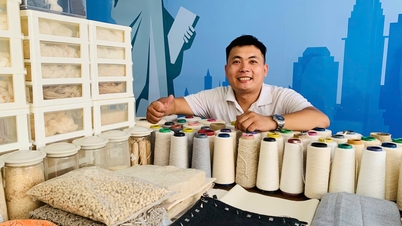
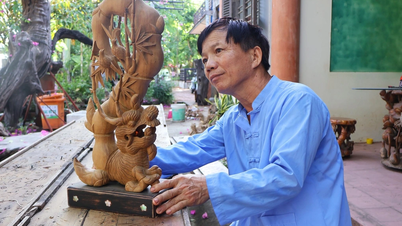


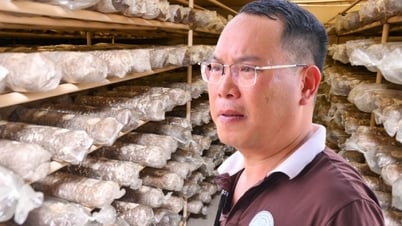



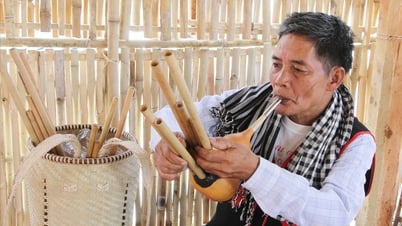

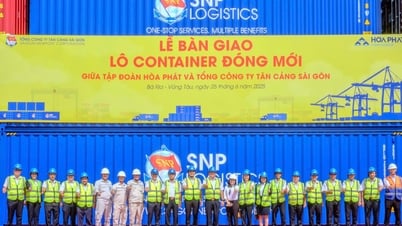



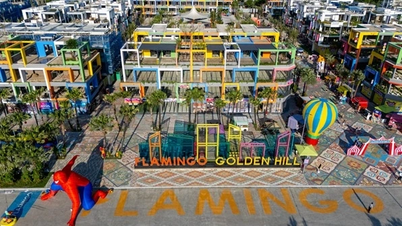






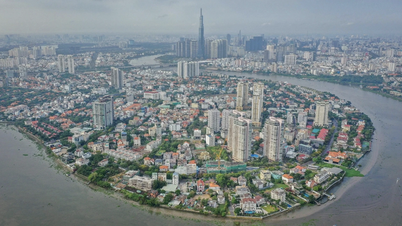










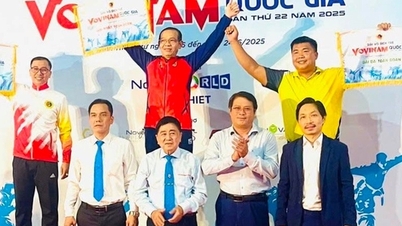
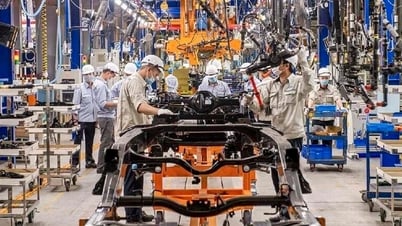

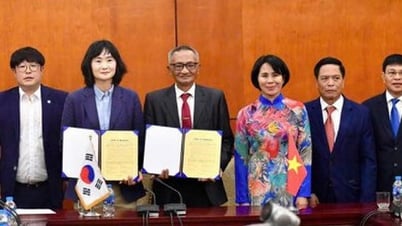

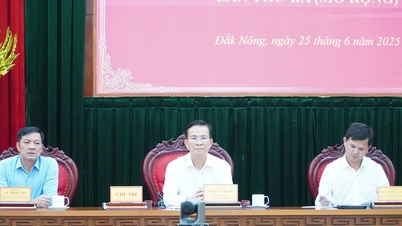

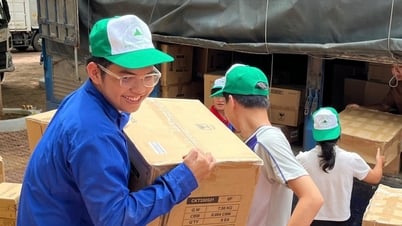

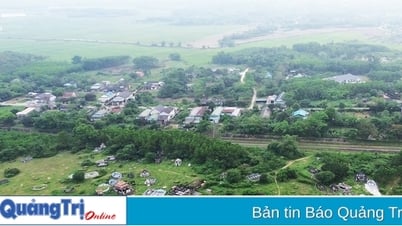

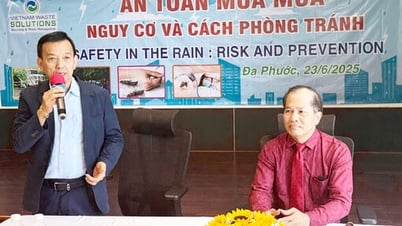


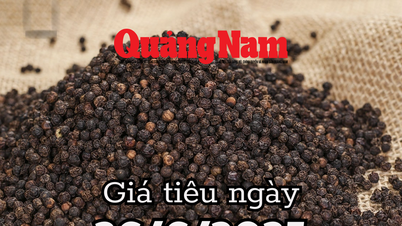

















Comment (0)